How do you create effective AI art prompts?

The intersection of art and technology has always been a fertile ground for innovation, and the advent of AI art prompts is no exception 🎨. These prompts are the seeds from which the AI's creativity sprouts, transforming a few words into a visual feast that can be surreal, hyper-realistic, or anything in between. But what exactly are AI art prompts, and how do they work their magic? Are they the digital-age equivalent of a muse for artists, or do they represent something more profound in the evolution of art? This blog post will take you on a journey through the captivating world of AI-generated art, where the barriers between human imagination and machine execution blur 🤖.
Diving into the details, we'll explore the various types of AI art prompt systems and their capabilities. From generative adversarial networks to transformer models, each system offers a unique approach to creating art. But how do you craft an effective prompt that leads to the masterpiece you envision? And what are some of the best examples of AI art prompts that have led to stunning creations? We'll answer these questions and more, providing a comprehensive guide to understanding and utilizing AI art prompts ✨. Whether you're an artist looking to experiment with new tools, a tech enthusiast curious about AI's creative potential, or simply someone who appreciates the beauty of art in all its forms, this post is for you 🌟.
What are AI Art Prompts?
AI art prompts are the creative instructions or ideas fed into an AI system to generate visual art. These prompts direct the AI, which utilizes machine learning algorithms to interpret the input and produce corresponding artwork. The AI's ability to create is rooted in its training on extensive datasets of diverse art styles, enabling it to replicate or innovate upon a myriad of artistic expressions. As users provide prompts ranging from simple concepts to complex scenarios, the AI navigates through its learned artistic knowledge to materialize unique and often surprising visual pieces. The emergence of AI art prompts is transforming the landscape of art creation, offering both artists and enthusiasts a new medium to explore the bounds of their imagination.
Types of AI Art Prompt Systems
| AI Art Prompt System | Description | Unique Characteristics |
|---|---|---|
| Generative Adversarial Networks (GANs) | A system where two neural networks, the generator and discriminator, work in tandem to create images. | Capable of producing highly realistic images; often used for creating art that mimics human styles. |
| Variational Autoencoders (VAEs) | A model that focuses on compressing data to a lower-dimensional representation and then reconstructing it to create new content. | Excels at capturing and replicating the essence of visual styles and content from training datasets. |
| Transformer Models | Advanced models that transform textual prompts into detailed images, such as OpenAI's DALL-E. | Highly adept at understanding complex compositions and generating images with clear interpretations of prompts. |
Capabilities of AI Art Prompt Systems
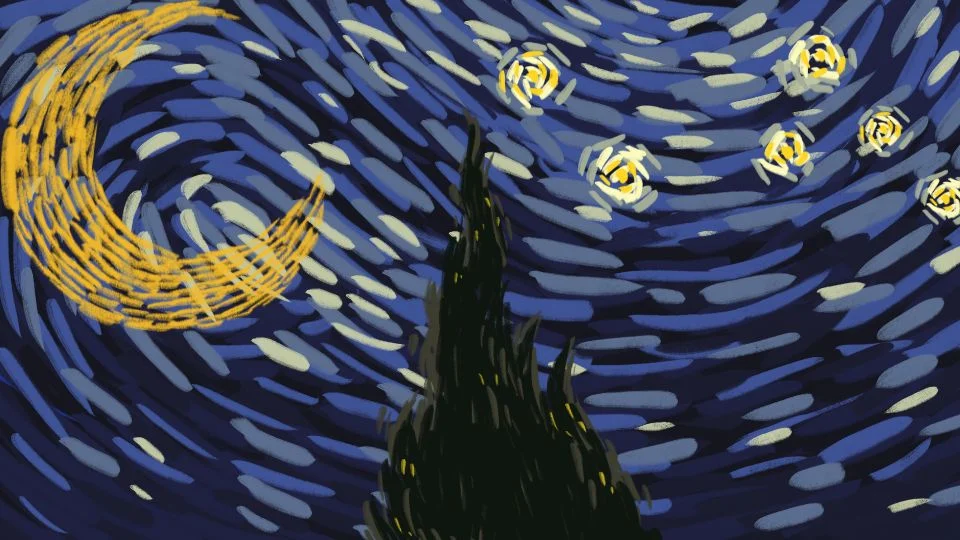
AI art prompt systems are not just tools for creating digital images; they are sophisticated platforms that redefine the boundaries of artistic creation. These systems harness the power of machine learning to offer a vast array of capabilities that cater to the diverse needs of art enthusiasts and professionals alike. Here's an expanded look at what AI art prompt systems can achieve:
- Style Imitation: One of the most impressive feats of AI art systems is their ability to analyze and emulate the styles of renowned artists or specific art movements. Whether it's capturing the swirling skies of Van Gogh, the surreal landscapes of Dalí, or the pop art vibrancy of Warhol, AI can produce artworks that pay homage to these iconic styles with astonishing accuracy.
- Content Generation: Beyond style, AI art systems can also generate content that aligns with intricate themes or narratives provided by the user. From the serene beauty of a Japanese garden to the chaotic energy of a bustling metropolis, AI can construct scenes and objects that resonate with the specified theme, often with a level of detail and imagination that can inspire awe.
- High-Resolution Output: As technology progresses, AI systems have achieved the capability to render art in high resolution, making the output suitable for large-scale prints and displays. This opens up possibilities for AI-generated art to be showcased in galleries or used in professional design work, meeting industry standards for clarity and detail.
- Speed: The efficiency of AI art prompt systems is unmatched, with the ability to generate complex pieces of art in mere seconds or minutes—a task that might take human artists hours, days, or even longer. This rapid creation process allows for a high volume of experimentation and iteration, enabling artists and creators to quickly bring their visions to life and refine their ideas on the fly.
Crafting Effective AI Art Prompts
Creating effective AI art prompts is both an art and a science. It involves understanding how AI interprets input and using that knowledge to guide the system toward producing the desired outcome. Here are some strategies for crafting prompts that can help you harness the full potential of AI art generation:
| Strategy | Description | Example |
|---|---|---|
| Be Specific with Descriptions | Provide detailed instructions to guide the AI's output. | "A serene lake at sunset with impressionistic brush strokes" vs. "a landscape painting." |
| Explore Artistic Styles and Movements | Reference specific art styles or movements to direct the AI's aesthetic. | Include terms like "art nouveau," "cubism," or "pop art" in your prompt. |
| Combine Unusual Elements | Mix contrasting elements to create unique compositions. | "A cyberpunk cityscape with art deco elements." |
| Use Mood and Atmosphere | Add emotional or atmospheric descriptors to convey depth. | Use terms like "melancholic," "ethereal," or "chaotic" to set the tone. |
| Consider Color and Light | Specify colors or lighting to influence the artwork's mood and impact. | Request "vibrant colors" or "nocturnal lighting" in your prompt. |
| Iterate and Refine | Use an iterative approach to refine the AI's creations. | Start with a broad concept and adjust the prompt after each AI iteration. |
| Collaborate with the AI | Treat the AI as a creative partner and build upon its outputs. | Begin with a basic idea and evolve it based on the AI's interpretations. |
Best Prompts Examples for AI Art
When it comes to generating art with AI, the prompts you use are the keys to unlocking a world of visual wonder. To ensure that the AI accurately captures your creative intent, it's essential to craft prompts that are both clear and evocative. Here's how to compose prompts that will lead to the most engaging and satisfying AI art creations:
Envisioning Nature's Majesty

Capture the awe-inspiring beauty of the natural world with prompts like:
- "A majestic waterfall cascading into an emerald lagoon surrounded by autumn foliage"
- "The ethereal dance of the northern lights over a snow-covered mountain range"
- "A sprawling desert at twilight, sand dunes rippling under a crescent moon"
Delving into Historical Eras
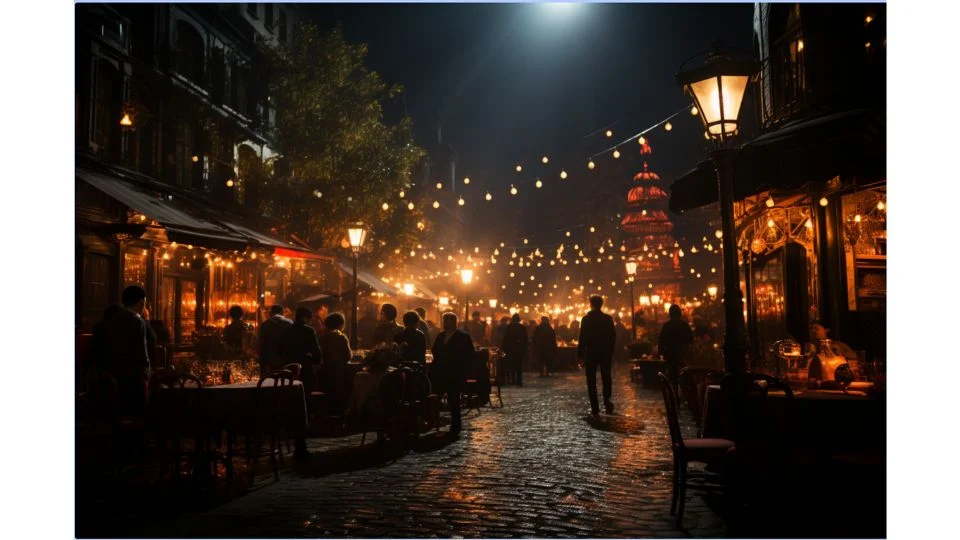
Transport your AI art to different times and places with descriptions such as:
- "A bustling medieval marketplace filled with merchants and jesters at the height of the Renaissance"
- "A serene scene of an ancient temple garden during Japan's Heian period"
- "The electric atmosphere of a 1920s speakeasy during the Jazz Age"
Unleashing Fantasy and Mythology
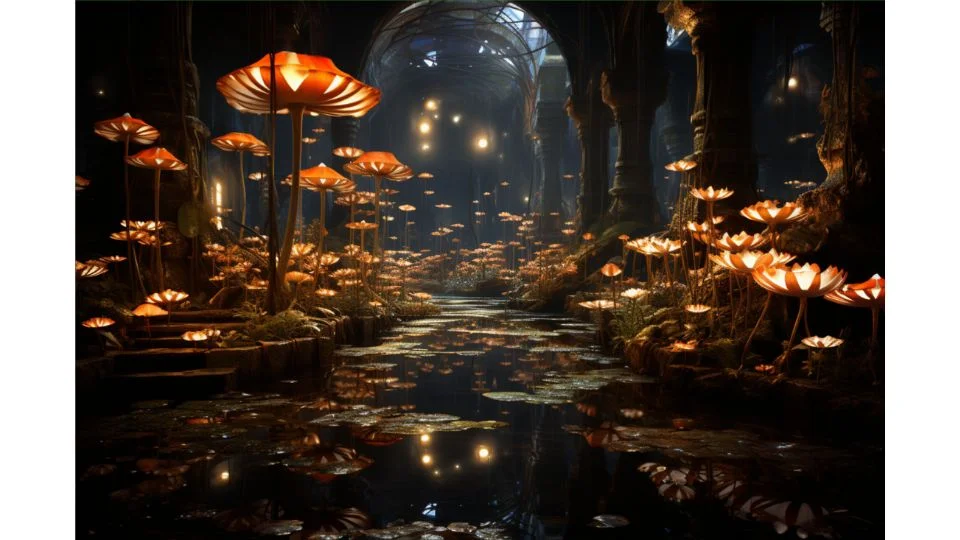
Let your imagination run wild with fantastical scenarios like:
- "A knight facing a fire-breathing dragon in a scorched, battle-torn landscape"
- "An enchanting fairy realm hidden within an ancient, mystical forest"
- "A mythical phoenix rising from ashes against the backdrop of a starlit sky"
Crafting Urban Dreams
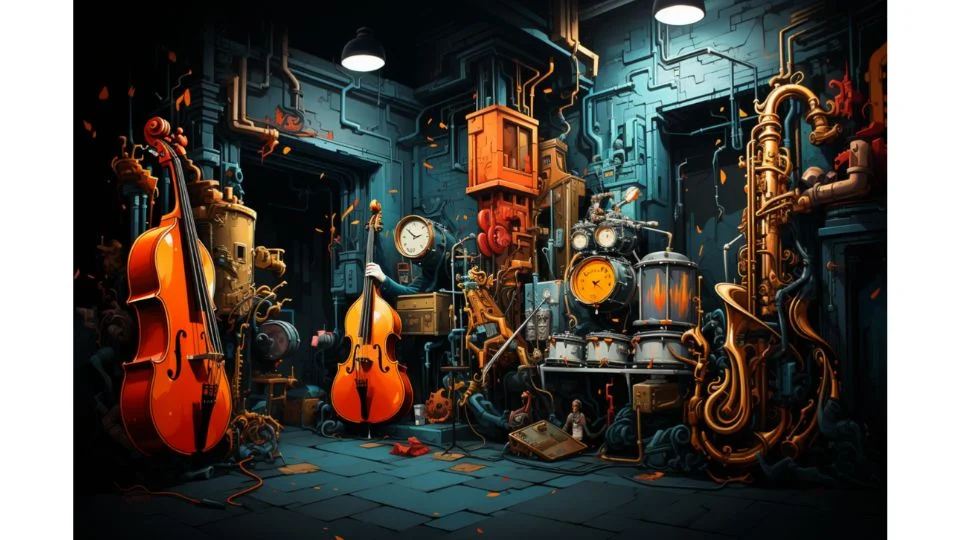
Explore the complexity of city life with prompts that depict:
- "The vibrant pulse of a neon-lit street in a futuristic metropolis after rain"
- "The quiet solitude of a rooftop garden overlooking a sprawling urban skyline at dawn"
- "An underground subway station, alive with street art and the echoes of a jazz saxophonist"
Abstract and Surreal Creations
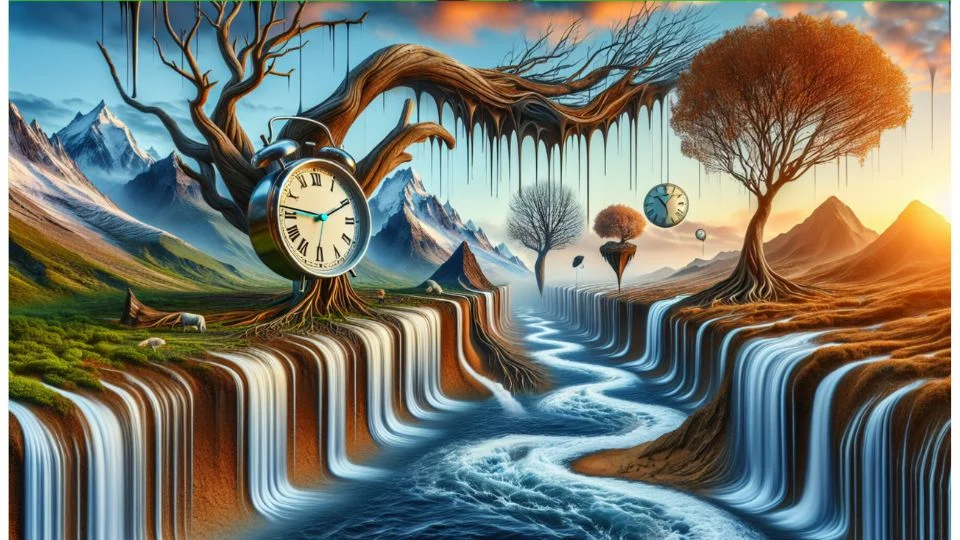
Push the boundaries of reality with abstract and surreal prompts such as:
- "A dreamscape of floating islands, connected by waterfalls and inhabited by mythical creatures"
- "A surrealist painting where time melts and the laws of physics are defied"
- "An abstract composition of geometric shapes that evoke a sense of organized chaos"
Nostalgic Reflections
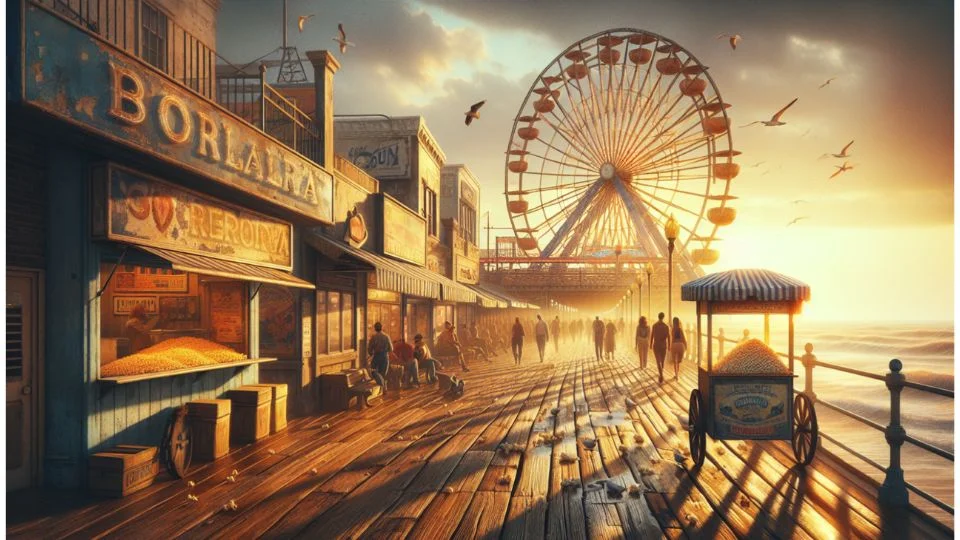
Evoke feelings of nostalgia with prompts like:
- "A vintage seaside boardwalk in the golden hour, complete with an old-fashioned Ferris wheel"
- "A classic car show on a sunny afternoon, with polished chrome and pastel colors"
- "A cozy, lamplit library filled with leather-bound books and the scent of aged paper"
AI Art Q&A
As AI art continues to gain traction, it's natural for questions and concerns to arise. Here's a Q&A that addresses some common points of discussion:
| Question | Answer |
|---|---|
| Will AI Replace Artists? | No, AI will not replace artists. It serves as a tool to augment and enhance their creative processes. |
| Can AI-Generated Art Be Original or Authentic? | AI-generated art can be original in execution but relies on human input for creativity, making the collaborative process the source of originality. |
| What Are the Ethical Considerations in AI Art? | Ethical considerations include copyright and intellectual property rights. Responsible engagement with AI art creation is essential. |
| How Does AI Affect Art Valuation? | AI introduces new challenges and opportunities for art valuation, creating a space for new art forms to be recognized. |
| Is There a Risk of Data Bias in AI Art? | Yes, there is a risk of data bias. Efforts to diversify training datasets are important to ensure representation and fairness. |
| Does AI Art Promote Accessibility and Democratization? | AI art prompt systems democratize art creation, making it accessible to those without formal training and fostering inclusivity. |
| Can AI in Art Lead to New Job Opportunities? | AI can create new job opportunities and markets in art, such as AI art curation, data training, and AI art therapy roles. |
How will AI art prompts shape future art?
AI art prompts not only symbolize the collaborative power of human creativity meshed with technological advancement but also serve as a bridge to novel forms of artistic expression, finding utility in diverse sectors from entertainment to design. As the capabilities of AI continue to grow, our engagement with art will undoubtedly transform, offering deeper insights and altering our perception of aesthetics and creativity 🌐. This domain invites us to explore and push the boundaries of traditional art, all while conscientiously addressing the ethical dimensions and affirming the irreplaceable contribution of human artists to the essence of artistry 🧑🎨.




